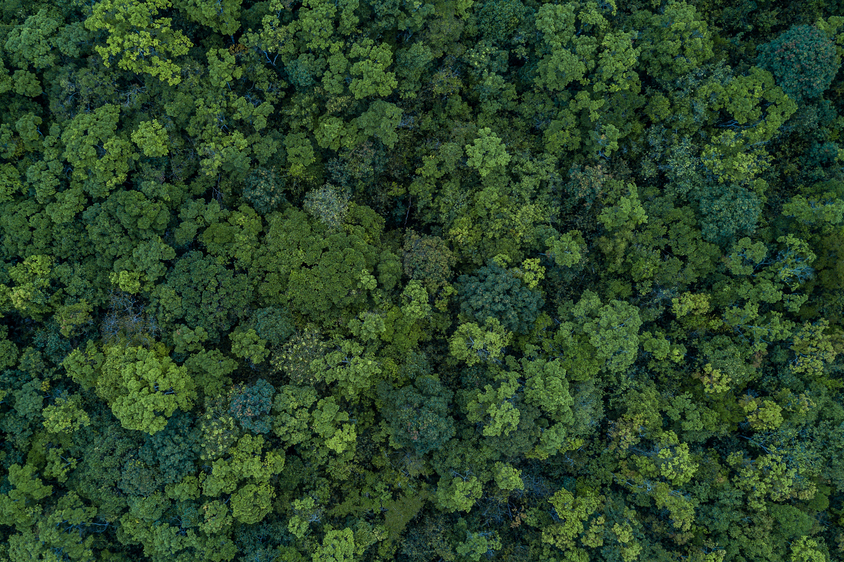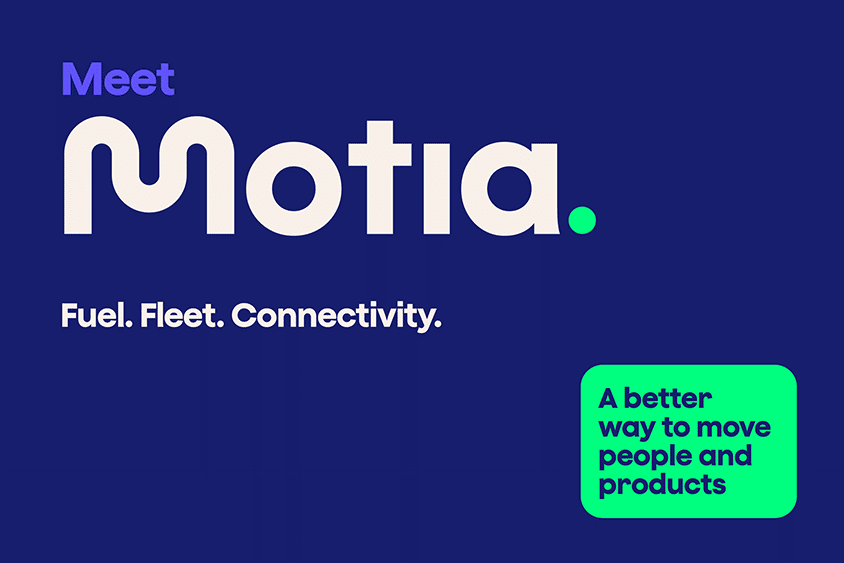We often overlook the key characteristic of the rainforest: rainfall
Written by: Simon Pavey, Last updated:14th February 2022

Earth’s rainforests receive high levels of rainfall each year, often up to 400 inches compared with less than 40 in the UK. A great deal of this rainfall comes from the fact that rainforest is often self-watering. Through transpiration, plants release water into the local atmosphere. This creates a dense cloud cover that you see hanging over rainforest canopy. Even when it’s not raining, these clouds keep the rainforest ecosystem humid and warm. It’s this immense heat and humidity that has meant a vast range of animals and plants have adapted to this specific climate over the years.
At the global level, rainforests drive the flow of water as rain. They are the centre of the water cycle, circulating water vapour and feeding rivers that eventually take water back to the oceans. Evaporation from the oceans is seeded by organic dust and particles created by the trees themselves. It is a remarkable system, working simultaneously at microscopic and planetary levels, full of intricacies and interdependencies.
But this means that as rainforests shrink, droughts increase, both locally and around the world. Evidence is already showing that forest loss in the tropics is already affecting crop growth worldwide. At the local level, despite the huge volume of water found in and produced by rainforest, access to the right amount of water is becoming more problematic for local people.
There are increasing reports of rivers turned gold from mining waste in the Amazon, palm plantations polluting coastal waters in Papua New Guinea and sea-level rise flooding crops and causing havoc on sanitation systems. It’s why your support is so vital, both locally and globally. You’re keeping rainforest standing at the heart of the water cycle, by supporting local communities with access to good quality water and to cope with the effects of deforestation and climate breakdown.
In recent years, your investment provided fresh-water storage tanks and flood-resistant toilets to reduce local pollution in Papua New Guinea, tippy-taps to provide safe handwashing and fish ponds to avoid fishing in rivers with mining pollution. All alongside helping develop sustainable incomes that work with the forest, help people earn a living and reduce pressure on their forest. Healthy families mean healthy forest, and that often starts with something easy to take for granted; water.
It’s why keeping rainforest standing is not only vital for those who call rainforest home but for us all, to ensure Earth’s systems that we all rely on are kept in balance. The support Cool Earth receives is not only protecting forest, it’s also helping address the increasing challenges of getting good, clean water in the right places for local people.
Fuel card services are working with Cool Earth to mitigate global carbon emissions by preserving the most threatened rainforests. Get in touch now to find out more about what we’re doing to help.
back




